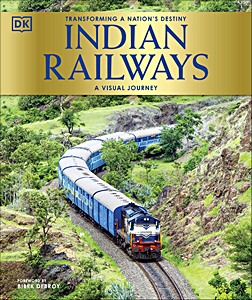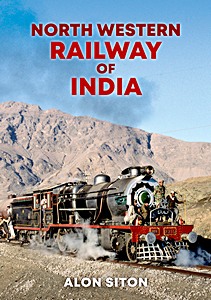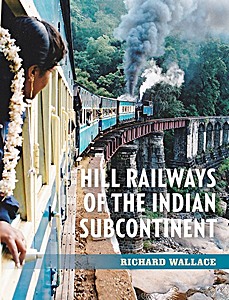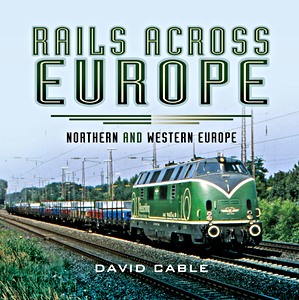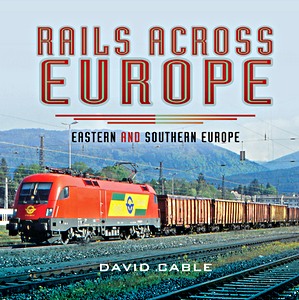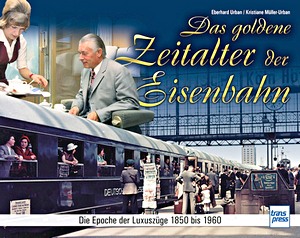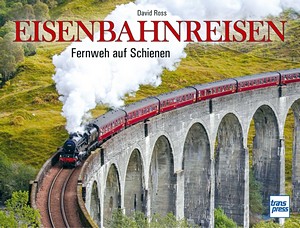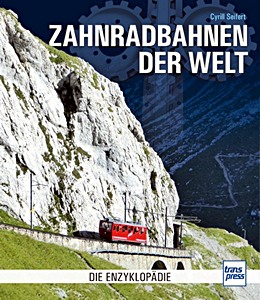Indian Railways - A Visual Journey
The railways did more than link India - they brought its people together, changing histories, forging destinies, and leaving a lasting legacy.
This sumptuously illustrated book traces that history from the early plans of the 1830s - from the laying of the first line, and the expansion of the train network into the heart of the country, to the role of the railways in India's momentous freedom movement and the high-speed Diamond Quadrilateral project.
"Indian Railways" does more than celebrate the awe-inspiring bridges, stations, tunnels, and locomotives of the railway system. It traces the development of technology, explores the operational and commercial aspects of train travel, and documents the railways' transition from a colonial tool of expansion and trade to an intricate system with a distinct national identity.
Most of all, it tells the story of the people who built and planned the railways and the locomotives that ran on them - their vision, their triumphs and tragedies, and their legacy.
Detalles del libro
| Presentación: | 304 páginas, 26 x 22 x 0.2 cm, tapa dura |
|---|---|
| Ilustración: | abundantemente ilustrado con fotos en b/n y color |
| Editor: | Dorling Kindersley Ltd (GB, 2020) |
| ISBN: | 9780241414842 |

